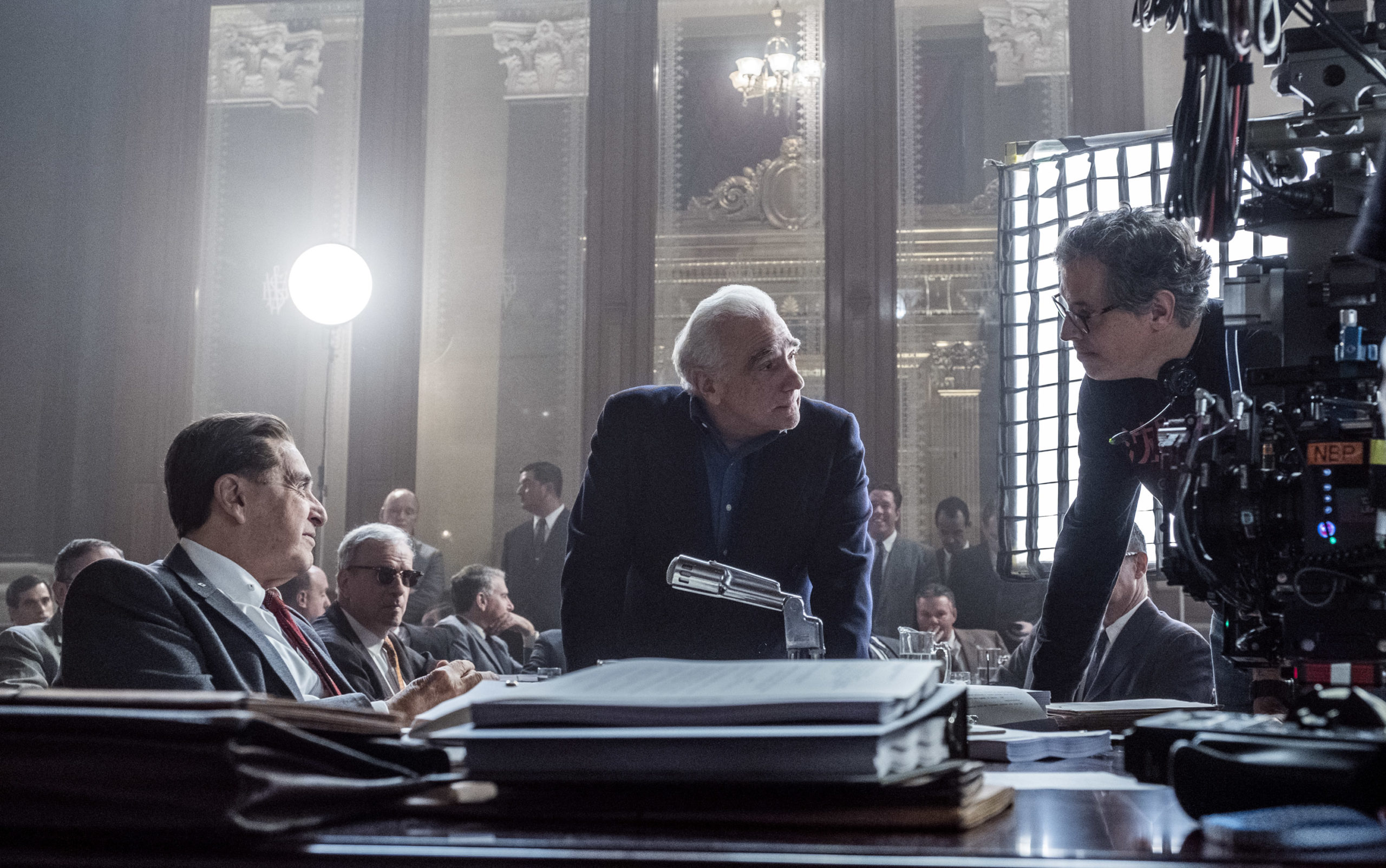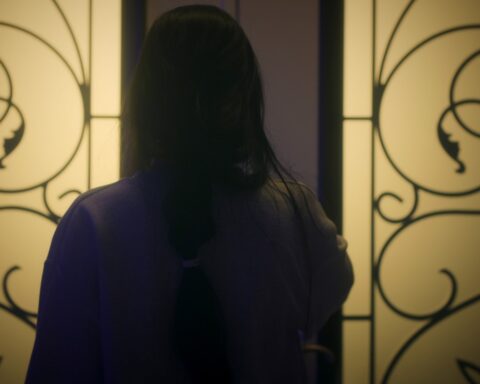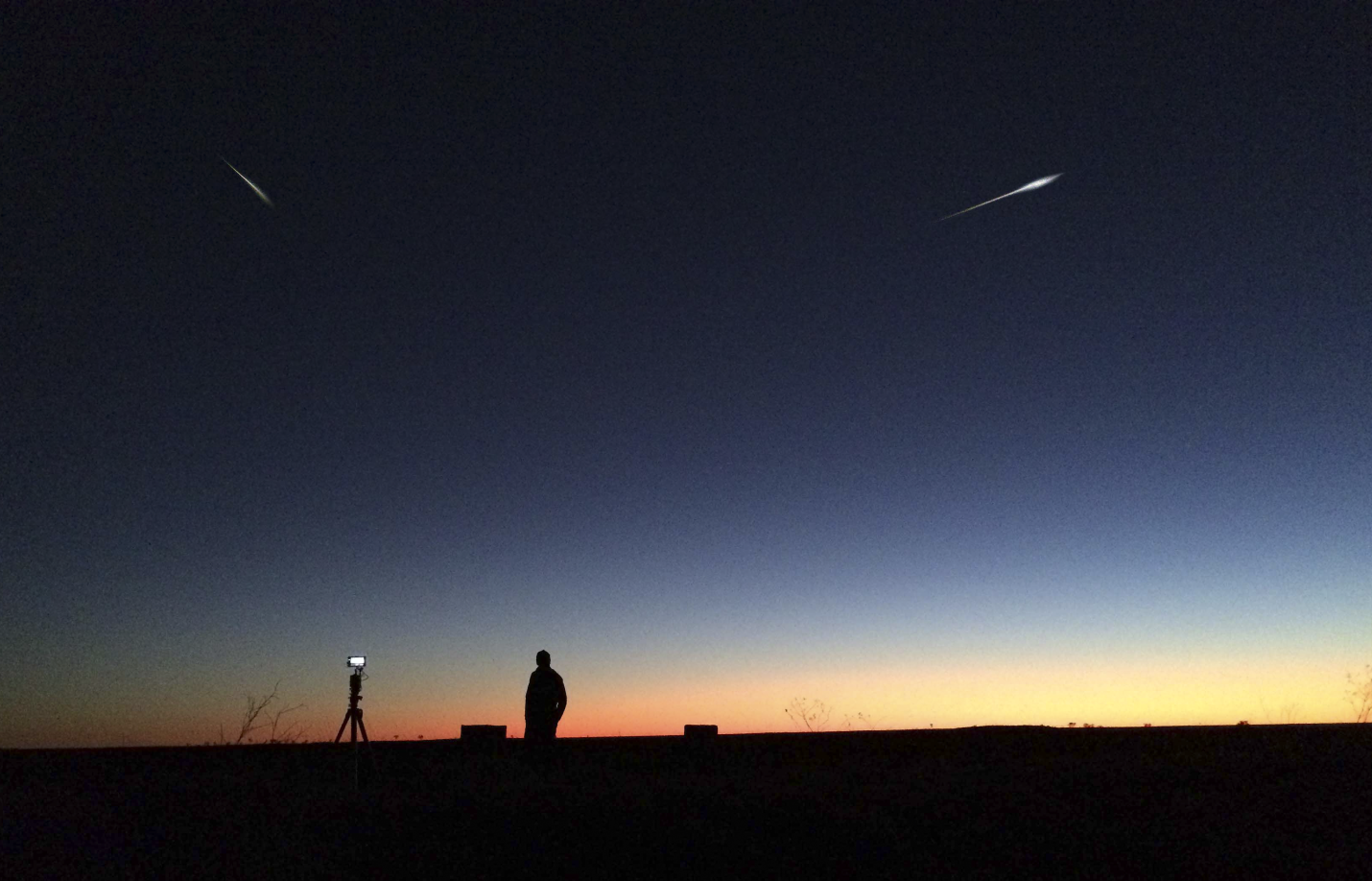“It should be a film. It shouldn’t be a documentary or a fiction film; there should be no difference…It shouldn’t be pigeonholed into ‘a documentary is this way, and that’s nonfiction.’ What if it’s all together? What if you could pull from everything and experiment with it?”
— Martin Scorsese, November 2019
One of the more interesting and influential cinematic trends of the last thirty years has been the cross-pollination of techniques, tropes, and strategies between documentaries and fiction films and television shows. Following the ground-breaking success of Michael Moore’s Roger & Me (1989), which became the highest-grossing documentary to that time with a domestic box office gross of $6.7 million (US), there has been a shift among documentary filmmakers away from the more staid, information-driven approach of the past and toward an adherence to Moore’s first rule of documentary filmmaking: “Don’t make a documentary—make a MOVIE.”
Joe Berlinger and Bruce Sinofsky were among the first documentarians to embrace this philosophy to both broad acclaim and box office success. Berlinger has explained that, for their debut feature documentary, Brother’s Keeper (1992), he and Sinofsky “pushed the form in a couple of ways. For example, evocative title sequences, the use of an original music score, all these things that, a couple of decades ago, were unheard of in a documentary. But I think the thing that we were most conscious of, that I think has inspired other filmmakers, is that we want[ed] to be very conscious of dramatic structure. There’s a beginning, there’s a middle, there’s an end; there’s an antagonist and protagonist. And that’s why we chose a murder trial [as the film’s subject], because that has perfect dramatic structure.”
Similarly, Time magazine’s Andrew R. Chow has discussed how, when Steve James “decided to make his first feature-length film a documentary, he strived to frame the real-life stories of Hoop Dreams (1994) with a tension-filled narrative arc and complicated, compelling characters.” This approach was something of a revelation at the time for James, who admitted he had always “associated documentaries with social issues—a kind of medicine one would take in classes.”
The successes of Hoop Dreams, Brother’s Keeper, and Roger & Me ushered in a revolution in documentary making that has continued to this day. Berlinger has argued that, because “scripted filmmakers and unscripted filmmakers, for the last couple of decades, have been borrowing ideas from each other… the documentary has become much more creative.”
As documentary filmmakers increasingly adopted the narrative structure and storytelling strategies of fiction films to make their works more engaging, accessible and appealing to a wider audience, fiction filmmakers reciprocated, borrowing heavily from the documentary form to imbue their works with a greater sense of truth and authenticity.
From the mockumentary boom of the late 1990s and early 2000s Waiting for Guffman (1996), Best in Show (2000), A Mighty Wind (2003), both the UK and US versions of The Office — to the verisimilitude offered by hand-held cameras in blockbuster action movies such as the Jason Bourne films, to the ubiquitous gimmick of casting actors and celebrities as versions of themselves, to the immensely profitable new subgenre of found-footage horror movies such as The Blair Witch Project (1999) and the six Paranormal Activity films (2007–2015), the influence of documentaries on the art and commerce of narrative fiction films has been undeniable. But there’s another aspect of this influence that has come into focus in only the last few years: the impact of documentaries on films and TV series that are based on true stories.
This type of film, of course, has long been a staple of mainstream moviemaking. The term “Oscar bait” wouldn’t exist without it. A sample of the domestic box office from the last thirty years shows how steady a presence it has been. In each of 2009, 1999 and 1989, six films based on true stories ranked among the Top 100 grossing movies in North America. These included The Blind Side (2009), Public Enemies (2009), Patch Adams (1999), October Sky (1999), Scandal (1989), and Blaze (1989).
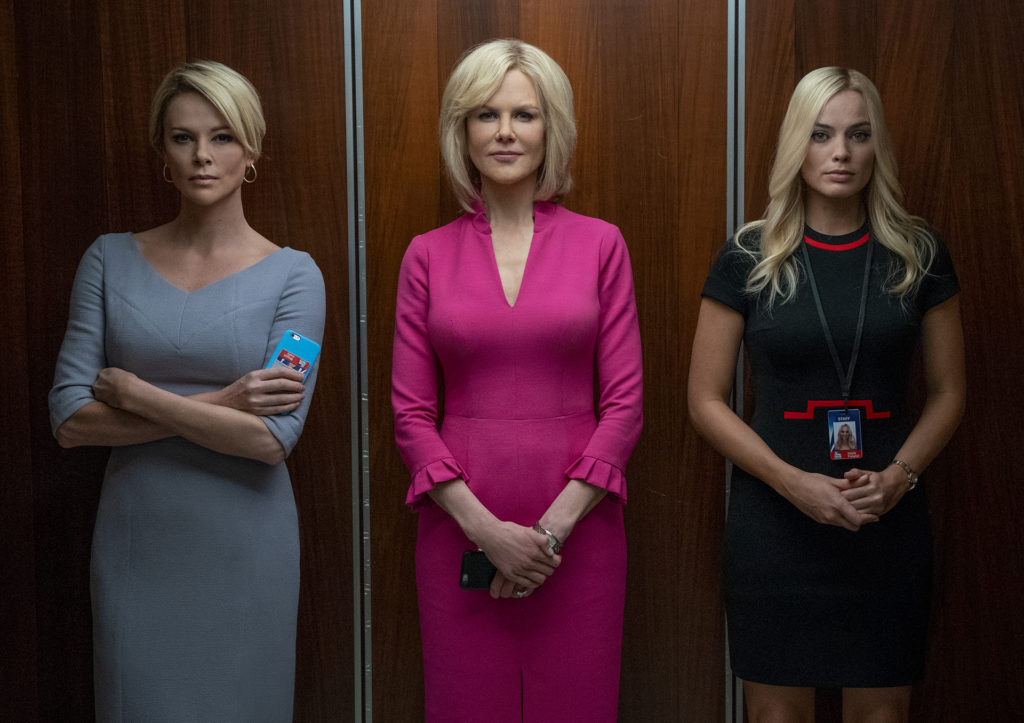
However, in 2019 there were twelve. And that’s not counting four (1917, Just Mercy, Bombshell, and Richard Jewell) that were released at the end of the year and, as of this writing, are among the top fifty grossing films of 2020. Nor does it include films that bypassed box office reports by being released either primarily or exclusively through a streaming service, such as Martin Scorsese’s The Irishman, Steven Soderbergh’s The Laundromat, Ava DuVernay’s When They See Us, Fernando Meirelles’s The Two Popes, and Scott Z. Burns’s The Report. In many ways, this trend toward fact-based fiction has been a reaction to the changes in Hollywood’s business model that were brought about by the proliferation of superhero movies and comic book adaptations in the last twelve years. As the market for mid-budget Hollywood films based on original screenplays was hollowed out in favour of mass-appeal blockbusters based on existing properties, many Hollywood filmmakers responded, at least in part, by turning to a different kind of existing property, the “based on a true story” movie.
But it’s not just the volume of this type of film now that is notable; it’s also that the styles and approaches employed by their directors often mirror the governing philosophies that have been de rigueur in documentary filmmaking for decades.
On one hand, plenty of these “based on a true story” films have been of the highly conventional sort. They use actuality as a jumping off point for a pleasantly appealing entertainment product, the needs and priorities of which often supersede and subordinate the facts. These films run the gamut from biopics that gloss over, omit, or embellish certain facts for a more streamlined, even standardized, Hollywood narrative — Hidden Figures (2016), Green Book (2018), Rocketman (2019) —to films that rewrite so much of the history being depicted that they qualify as outright revisionism, such as American Sniper (2014), Sully (2016), and The Imitation Game (2014). (Of Imitation Game, Alan Turing’s niece said that the film’s many liberties “make me a bit mad. You want the film to show it as it was, not a lot of nonsense.”)
But on the other hand, there is a new breed of fact-based film aimed not only to entertain, nor even to illuminate and enlighten. Like documentaries, these films inherently investigate how various systems mediate and manipulate the truth to the benefit of some and the detriment of others. These are films such as The Big Short, (2015), Spotlight (2015), BlacKkKlansman (2018), The Laundromat (2019), A Beautiful Day in the Neighborhood (2019), When They See Us (2019), and The Irishman (2019). Their makers clearly grappled with the same intersecting ethical and dramaturgical questions that documentarians have been tackling for decades. Questions such as: What is the nature of truth? Of reality? How responsible must I be to the truth and reality? How does my filmmaking properly portray its subject and reflect on the society in which it took place?
It’s easy to see the popularity and prevalence of these “based on a true story” films as showing a desire to connect with a greater sense of truth and authenticity in a post-truth world of reality TV, fake news, and alternative facts. But the ways in which these films integrate documentary elements into a narrative form are much more sophisticated and nuanced. These are films that, in the words of Vox’s documentaries-2017-post-truth-fiction-jane-jonbenet-ex-libris-inconvenient-sequel Alissa Wilkinson, explore “the effect that our mediated relationship to the truth has on our perception of what truth even is.”
Tom McCarthy’s Spotlight, for example, is ostensibly a story about journalists (people whose job is to mediate reality) who defy the authorities and speak truth to power by revealing the nefarious coverup of a horrific series of crimes. It’s not difficult to imagine how that story would play out in a typical, Hollywood “true story” fashion; we saw it a few years ago in Steven Spielberg’s The Post (2017). But by choosing instead to focus just as much on the failure of one of the journalists to report the story years earlier, and on the effect this had on sexual abuse victims and their cases, Spotlight becomes less about the heroic accomplishment of the journalists and more about the complicated ramifications of the small, daily choices that journalists make in their often imperfect quest to represent the “truth.” The film accurately depicts a process that has long been standard practice in both documentary filmmaking and journalism.
Steven Soderbergh, director of The Laundromat, echoed a similar attitude with regards to his film about the money laundering schemes revealed in the Panama Papers. “I’m interested in systems, and I’m interested in power,” he said. “I don’t want to make a movie about the journalists who broke the story. I want to make a movie about how this works.”
To pull the curtain back on an inherently shady business, Soderbergh makes innovative use of a hallmark of documentary cinema: the absence of a fourth wall, which allows the subject to communicate openly to the filmmaker and thus the audience. The connection, though mediated, feels direct.
The Laundromat breaks the fourth wall with glee and gusto. It uses its central criminal perpetrators, Jürgen Mossack and Ramón Fonseca Mora (played by Gary Oldman and Antonio Banderas), “as variety show hosts that would walk us through this,” as Soderbergh has said. The two not only speak directly to the audience, explaining the intricacies of their work and their capitalist philosophies, but do so on a surreal yet seamless journey from one environment to another, each one revealing itself from within the other like a Russian nesting doll, or, more to the point, a shell game. The Laundromat even goes so far as to plant its lead actor, Meryl Streep, Candid Camera-style, in other scenes disguised as a different character. The film ends with Streep dispensing with the disguise and breaking character to deliver a concluding statement on the nature of truth.
The truth was also the main reason Ava DuVernay directed When They See Us, the four-part limited series about the Central Park Five that, according to Forbes, was “the No. 1 most-watched Netflix series every day in the U.S.” between its release on May 31 and June 19, 2019. Raymond Santana, one of the Five who served five years in jail for a crime he didn’t commit, was so impressed with the way DuVernay’s Selma (2014) avoided taking a hagiographic approach to Martin Luther King, Jr. that he approached her about directing their story. “[Selma] showed the human side of this man who was put on a pedestal,” Santana said. “And it told me that she had no fear of telling the truth.”
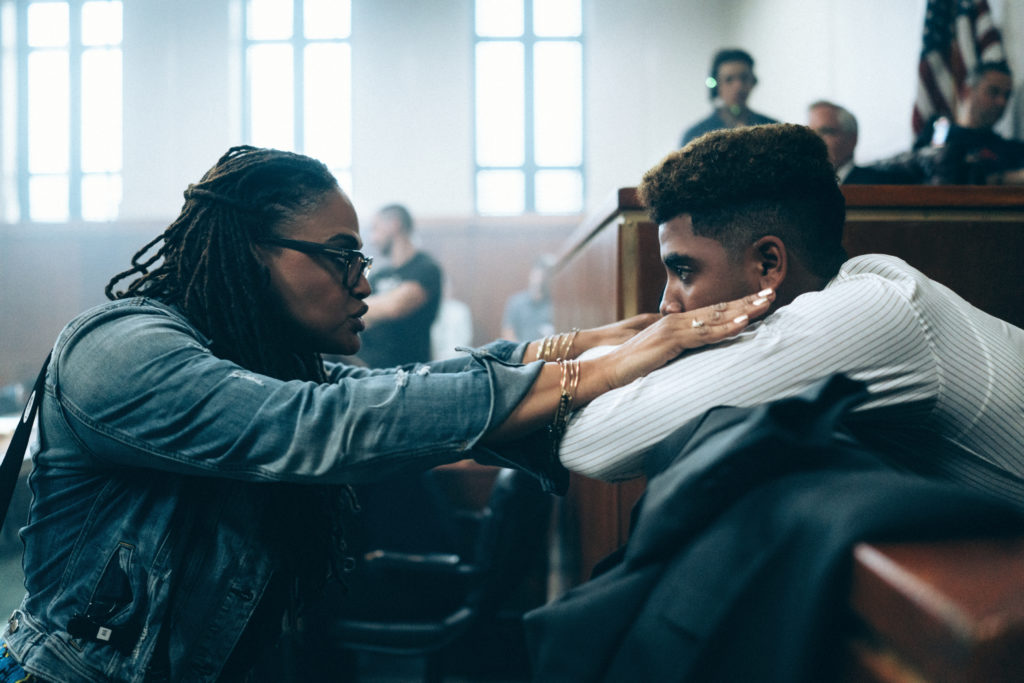
DuVernay, whose documentary credits include the features This Is the Life (2008) and 13th (2016), used raw interview footage from the shooting of Sarah and Ken Burns’ documentary The Central Park Five (2012) as the starting point for her research into the men and their case. “I called [Sarah Burns] and said I want to explore the next steps beyond what they told you,” DuVernay explains. “[I asked her,] ‘Would you give me your tapes—the raw footage that didn’t get cut—so that I don’t have to ask them what you asked them, so I can ask them the next question?’ And she did. I’m grateful to her for that… I used all of her tapes to get all of the details of the case.”
When They See Us is not only one of the best films or series of the year, it is also a masterclass in how to address questions of truth and objectivity in narrative filmmaking, and how the filmmaker’s responsibility to those elements is even more important than their responsibility to the story being told. As DuVernay has said, “what it really came down to was the men—these boys and their voices. So, I decided to take a form where every single scene spoke to their story and let their story guide me. I wasn’t sure what genre this would fit in, but I just had faith that their stories were the most fascinating aspect of the whole thing and if I could stay true to that and not get sidetracked by all the bells and whistles, I’d be ok.”
Martin Scorsese has also said that The Irishman drew from “some of the audiotapes” of true-crime author Charles Brandt’s interviews with the real Frank Sheeran “to get the actual language” that he used to describe certain events. This led the British Film Institute’s Philip Horne to note that “the liberating lessons of [Scorsese’s] documentaries … seem to carry over here.”
Regarding Scorsese’s use of “little mini-dissolves within a scene,” Horne asked him, “it’s a technique from documentary, isn’t it? You notice, but you don’t mind.” Scorsese replied, “Exactly, and that’s what I was trying to get to… Sometimes you find yourself unnecessarily locked into a form: ‘Oh, you can’t go from here to there.’ Well, you know what? Let’s just do it. And we’ll know if it’s disruptive. We’ll feel it. Let’s break the form.”
Scorsese also breaks the form by having Sheeran (Robert De Niro) confess his crimes directly to the camera, as Henry Hill (Ray Liotta) did in the climactic court room scene in GoodFellas (1990), and bycleverly using the documentary trope of subtitled character descriptions to deliver mini-obituaries on the many gangsters Sheeran meets.
“Something that I’ve been working on over the years,” Scorsese concluded in his conversation with Horne, “is with narrative… I’ve been trying to break free of it, and tell stories in a different way. I found that the documentaries helped me with that… They helped me go by tone—where the inspiration comes from takes us to another story, or to another place.” Asked by Horne if his new approach is about “trusting intuitive connections more than you perhaps had done in the past,” Scorsese said, “Yes. Totally. Intuitive connections. Almost improvisatory… And then structuring that somehow. Finding where that takes us.”
Where it takes us, apparently, is a place where the first rule of moviemaking is, Don’t make a movie—make a DOCUMENTARY.




